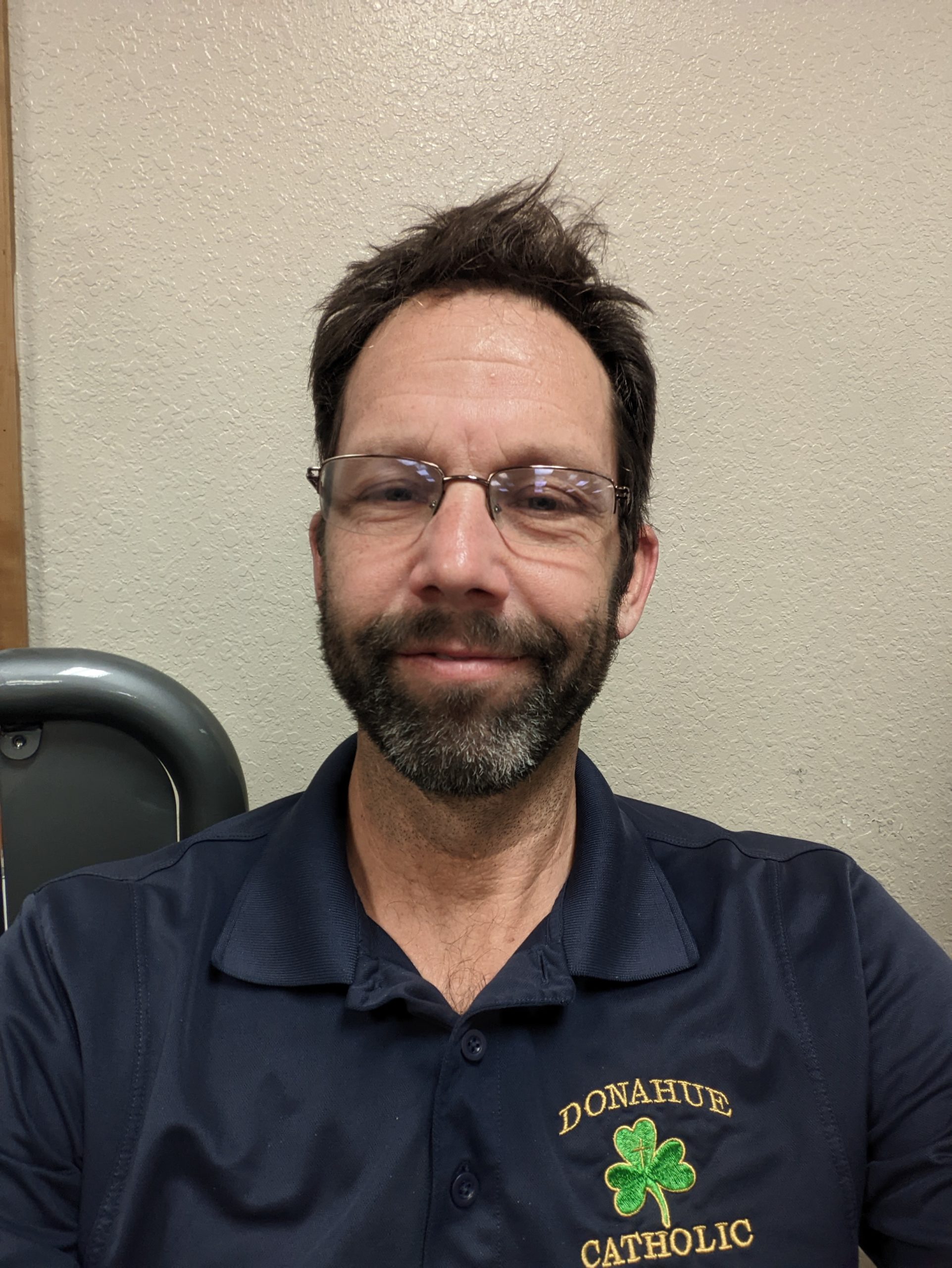The most important part of a lesson plan is prayer. In order to prove this thesis, I will make a distinction between remote and proximate preparation for teaching. Having defined this distinction and these terms, I will then show the hierarchy of goods in the teacher’s preparation and why remote preparation is the most important, its summum bonum being prayer itself. The essay concludes with a recognition that every lesson plan is always ultimately from one and the same origin and end: Jesus Christ.
Remote and Proximate Ends
Aristotle’s monumental contribution of the four causes (material, formal, efficient, and final) to Western thought allowed for a systematization of the principle of the final cause, an analysis of the nature of things in part based on their end, purpose, or goal — their finality.
In the arena of human actions, we find that our actions are normally for a recognizable end. For example, we brush teeth to eliminate plaque. Of course, the goal of eliminating plaque has, in itself, yet a further goal: to avoid cavities. And avoiding cavities and the bacteria that comes with them is ultimately ordered to staying healthy and free from infection which in and of itself is ordered toward staying alive. The immediate end (the “proximate end”) of eliminating plaque serves the final (or “remote”) end of staying alive.
In Christianity, too, we go further. Actions that serve the good are ordered toward growth in holiness, preservation of the faith, salvation and the glory of God. Do everything, says Paul, for the glory of God.
Lesson Plans: Remote and Proximate
Lesson plans follow the same logic. Lessons have proximate and remote ends. A math teacher strives on a given day to teach how to add two-digit numbers with three digit numbers, how to factor, or how to take the derivative. The science teacher seeks to introduce students to the main terms and components of the Krebs Cycle. An English teacher hopes to deepen the students’ love for poetry, while the history teacher wants to shed light on the complexities of the Civil War. But these proximate ends always serve larger goals in the course itself: mastery of mathematical calculation, confidence in calculation, knowledge of the world, better understanding of God’s creation, contemplation of beauty itself, and the parameters of critical thinking on the road to using reason well in the service of God. And again, all of these curricular goals should be ordered toward growth in virtue, growth in holiness–means and ends ordered toward the greater glory of God.
Christ: the Final Cause
Thus, we ask, what is the final end of Christian education? The answer is knowledge, love, and service of Jesus Christ for the salvation of one’s soul and the greater glory of God. That is the purpose of Christian education. All facts, procedures, and systems of thought are always subordinate to the life of faith, hope, and love in the hearts of one’s students. This is why we step in the Christian classroom and it is why God gives us the classroom in the first place: to encounter Him in His Son, Jesus Christ.
The hierarchy of goods — prayer, formation in holiness, understanding of ideas in Christian worldview, technicalities of your course, today’s lesson – corresponds to the order of ends at any given moment. But the least in the hierarchy, the proximate ends, end up being the most prominent in the written lesson plan.
Prudence
There is one remaining point to see in the life of the teacher who prepares lesson plans: the invisible factor of prudence. Every Christian teacher grows into a disciple of Christ who is able to discern the “teachable moment,” the critical point in a given student’s life when a certain image, or truth, or proverb, or saying can be heard and absorbed. The teacher seeks those encounters in which the bookish truths will become lived truths. This knowledge of teaching the teachable moment only comes with time – and grace – and is the fruit of the virtue of prudence. It cannot be written down, learned from a book, or derived in any way other than lived experience in the light of prayer, discernment, and self-examination.
The Plan is Prayer
In the end, then, the lesson plan that goes in writing is only 1% of the real preparation needed to be the Christian teacher that God calls you to be on the day and class for which you are writing that plan. The real preparation has already begun when you decided to serve the Lord in this mission. It grows and develops in prayer, when your holiness and knowledge of God deepens so that you can witness to His love in the classroom and draw your students to Christ.
Jesus Christ is the origin and end, the alpha and the omega. He called you, and he is the remote end of all your teaching. Since he is the first and final cause of all education, prayer becomes the fount and summit of Christian lesson plans as witness to the divine life within you, where the day-to-day essential teaching takes place.




